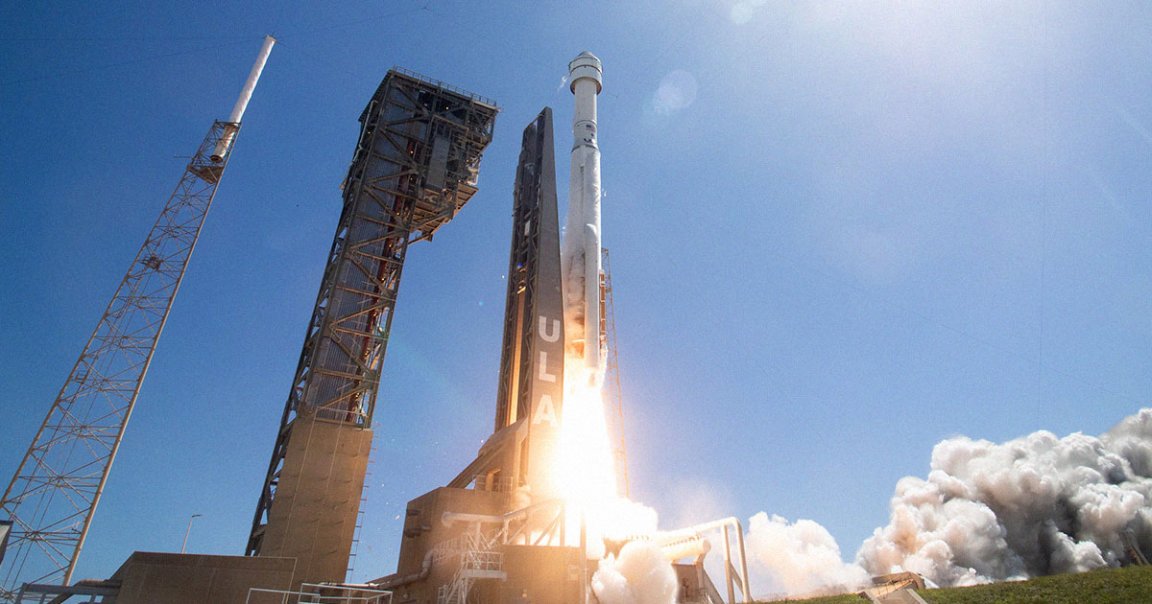
Leak Mill
After years of delays, Boeing finally managed to get its plagued Starliner capsule off the ground this week, with NASA astronauts Butch Wilmore and Suni Williams on board.
And while it’s well on its way to visit the International Space Station and is scheduled to dock later this afternoon, Boeing has discovered even more leaks on Starliner during the voyage, clearly showing the aerospace giant still has a mountain of work ahead of it.
Boeing has since said that “helium is used in spacecraft thruster systems to allow the thrusters to fire and is not combustible or toxic,” and that the leak doesn’t pose a “safety issue for the crew, the vehicle or the mission.”
According to a NASA livestream, two of the three helium leaks have already been corrected, and the craft is still expected to rendezvous as scheduled with the ISS just after noon Eastern time.
It’s nonetheless a worrying new development, particularly given Boeing’s disastrous track record so far when it comes to its maligned astronaut shuttle.
Hole Plug
The company had detected a helium leak prior to launch, with Boeing deciding that it wasn’t worth fixing. Steve Stich, manager of NASA’s Commercial Crew Program, reassured the public at the time that “we can handle this particular leak if that leak rate were to grow even up to 100 times.”
But as it turns out, it was only one of several helium leaks, with Williams and Wilmore being notified right before bedtime that they had to shut off two offending valves.
“Looks like we picked up a couple more helium leaks,” mission control told the pair during the broadcast.
“We are ready to… find out exactly what you mean by picked up another helium leak, so give it to us,” Wilmore later replied.
The leaks are unlikely to be an issue as the two astronauts travel to the space station, but how the development will affect Boeing’s upcoming launches remains to be seen.
“During all of Starliner’s rendezvous and proximity operations, we’ll keep those propellant manifolds open and they will stay open until docking,” Boeing aerospace engineer Jim May said in a statement.
More on the launch: Boeing Spacecraft Finally Manages to Limp Off the Earth